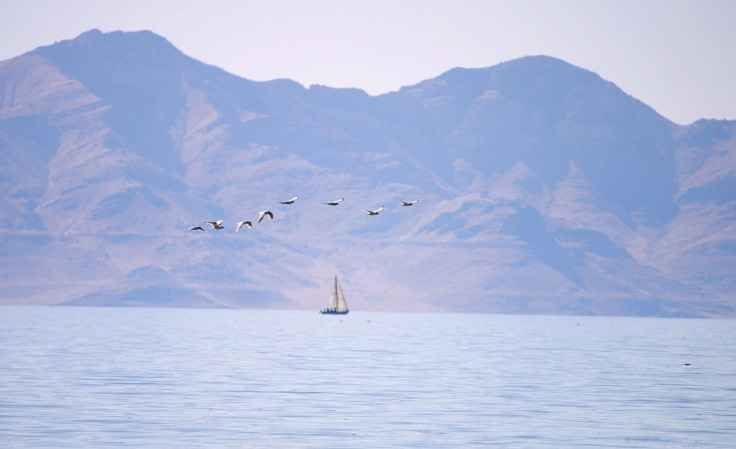Water Movement In Lakes Causes Tiny Seismic Waves That Could Help Science

Unlike seas and oceans, lakes are closed water bodies but they still have waves on their surfaces, albeit these waves are nowhere close in ferocity to the several-feet-high waves that are common in open water bodies. However, waves in both types of water bodies are caused by wind, and more significantly, the water movement in both kinds of water bodies causes tiny seismic waves in the ground beneath.
These small and short-lived seismic waves are called microseisms and have been known to science for long, but until recently, they were known to occur only as a result of ocean or sea waves. As the waves move across the sea-floor or interact with each other, they produce microseisms. And somehow, these waves have been found to occur in lakes too.
"We’ve recently found that the waves on lakes actually generate these microseisms too. It’s kind of a new phenomenon, we don’t really know how it’s created," Keith Koper, director of the University of Utah Seismograph Stations and co-author of a study on the subject, said in a statement Monday.
Koper and his colleagues recorded lake microseisms from Yellowstone Lake and three more lakes in China, but they were not the first to record the phenomenon. Such occurrences have previously been observed near the Great Lakes, Canada’s Great Slave Lake and the Great Salt Lake in Utah.
These tremors last anywhere between half a second to two seconds, and can’t be felt at all by humans, Koper said. But using seismometers to detect them over long periods — a few months, for instance — shows patterns that can be useful to science.
For instance, since seismic waves travel at different speeds through different minerals, analyzing the changes in the waves can allow mapping subsurface geology. While other methods are already used to do this sort of seismic tomography, they rely on an artificial source to create the waves, while this natural method could be far more efficient.
However, there is a geographic limitation with this method, restricted to areas not too far from lakes. Despite that, “lake microseisms emanating from the Great Salt Lake might reach far enough to visualize how seismic waves would move beneath Salt Lake City, which sits on the Wasatch Fault, in a major earthquake. Likewise, Lake Tahoe microseisms could extend to Reno, Nevada, and Lake Michigan could provide microseisms to image the geology beneath the Chicago area,” according to the statement.
Another useful piece of information that can be gleaned from lake microseisms relates to the fact that they are caused by waves on the lake’s surface. In the winter, when lakes in high altitudes and cold places freeze over, there is no seismic activity. This property, and autonomous seismometers, could be used to monitor the freezing and thawing of lakes in inaccessible areas, and that in turn could help study climate and climate change.
The study is titled “Lakes as a Source of Short-Period (0.5–2 s) Microseisms” and appeared online Monday in the Journal of Geophysical Research Solid Earth.
© Copyright IBTimes 2024. All rights reserved.




















